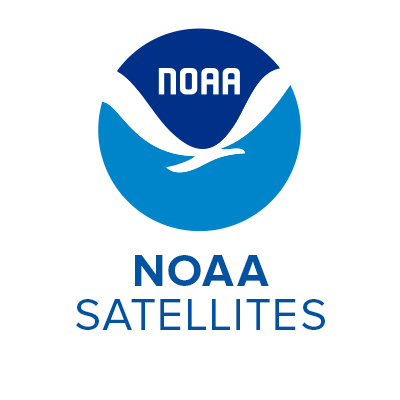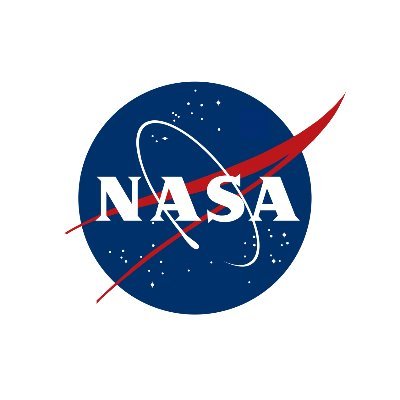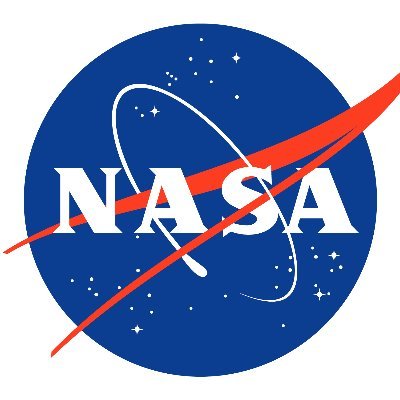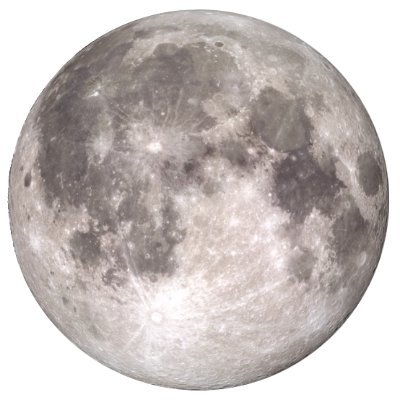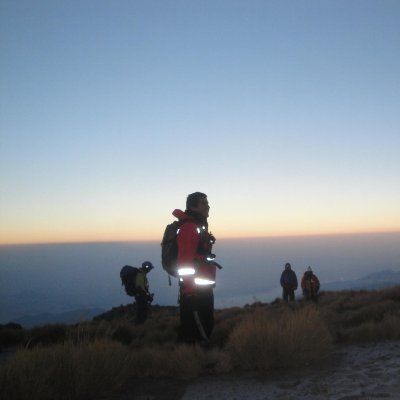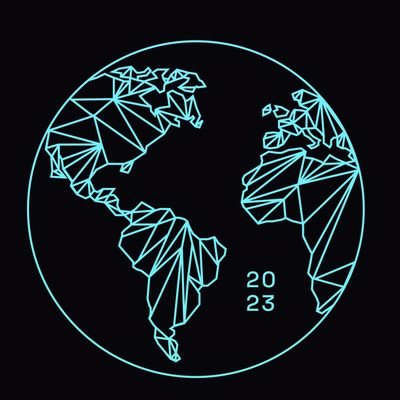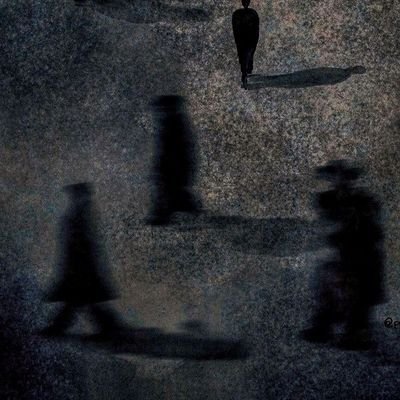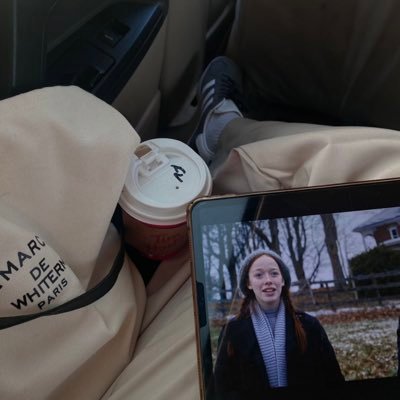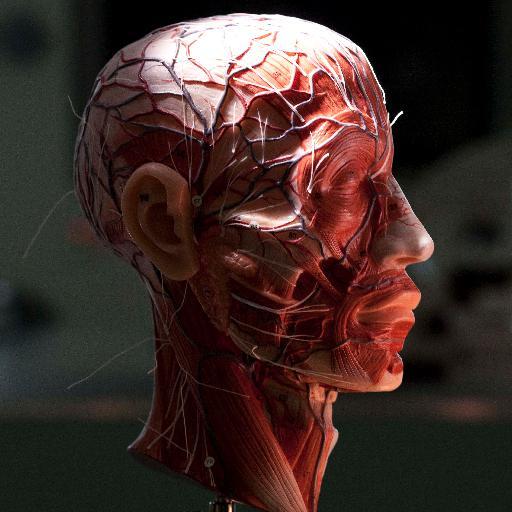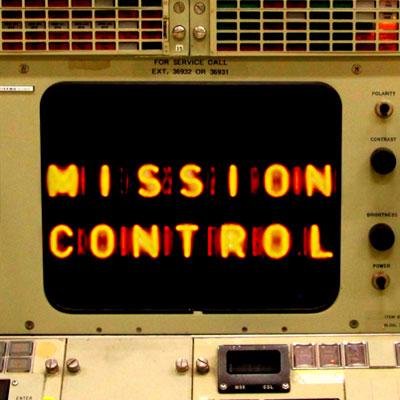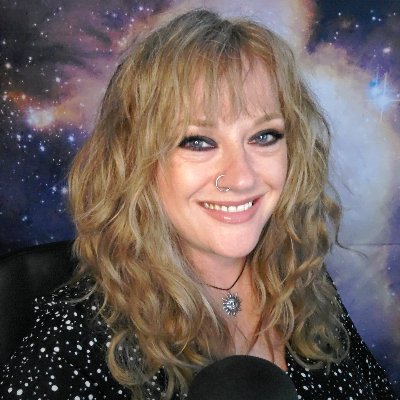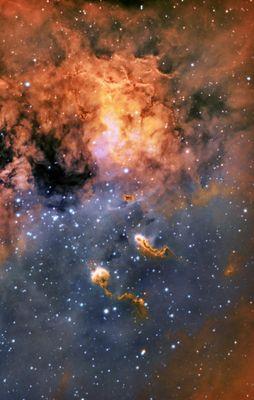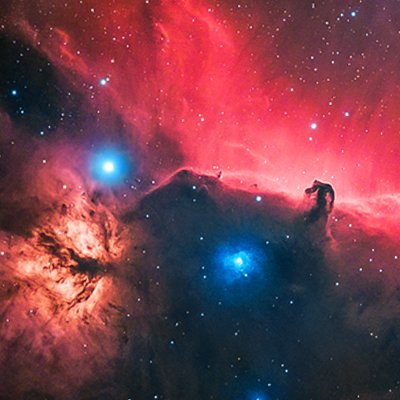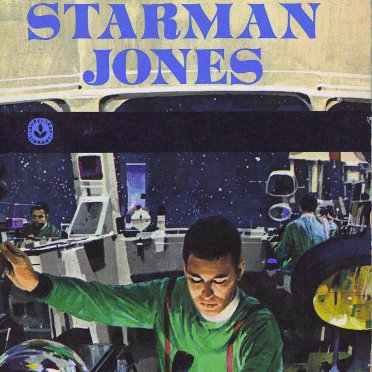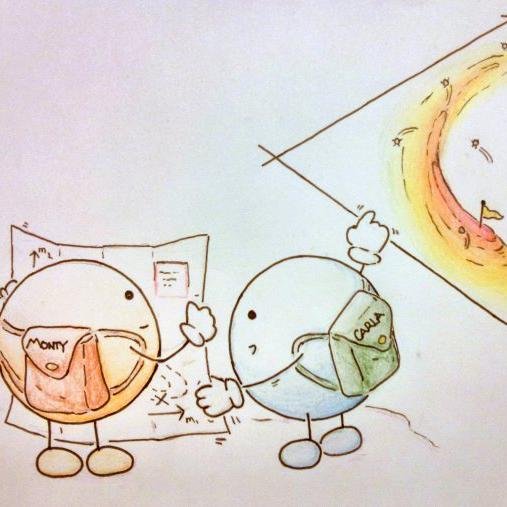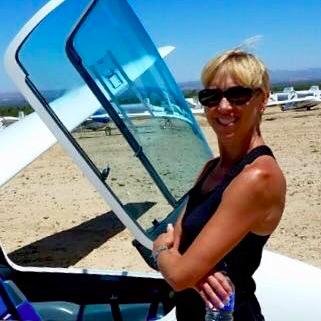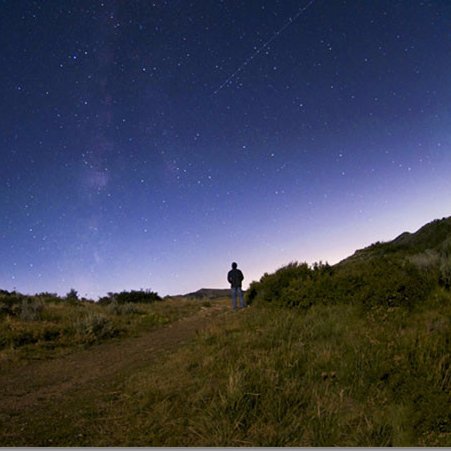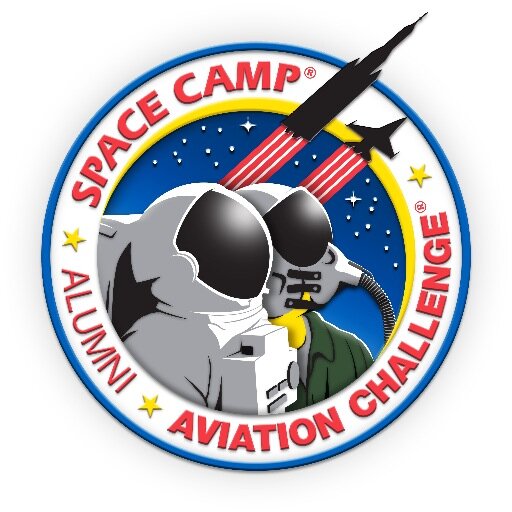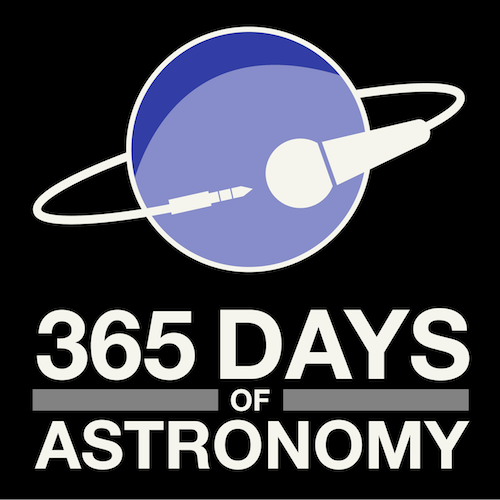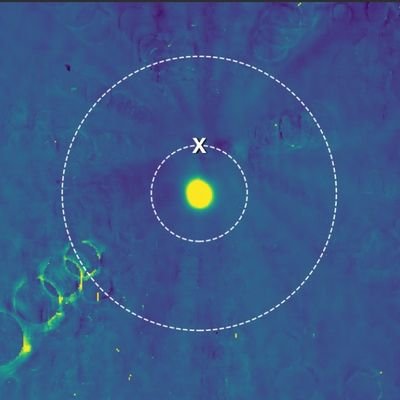
Syntropy Studio
@SyntropyStudio
Syntropy is a visual media studio that delivers strategic messaging, reinforced by scientific expertise and stunning visual presentation.
قد يعجبك
Ever wondered what would happen if you melted a jawbreaker with a blow torch and filmed it? thisiscolossal.com/2019/02/meltin…
The solar wind — the Sun's constantly outflowing material — washes over bodies throughout the solar system. What happens depends on whether it's impeded by a magnetic field, an atmosphere, both or neither. go.nasa.gov/2SLNyrX

For decades, @NASA has used data from Earth-observing satellites 🛰 to better understand our planet. Satellite imagery in our new book, Earth, shows the story of a 4.5-billion-year-old planet 🌎 where there is always something new to see. go.nasa.gov/2V9P43E


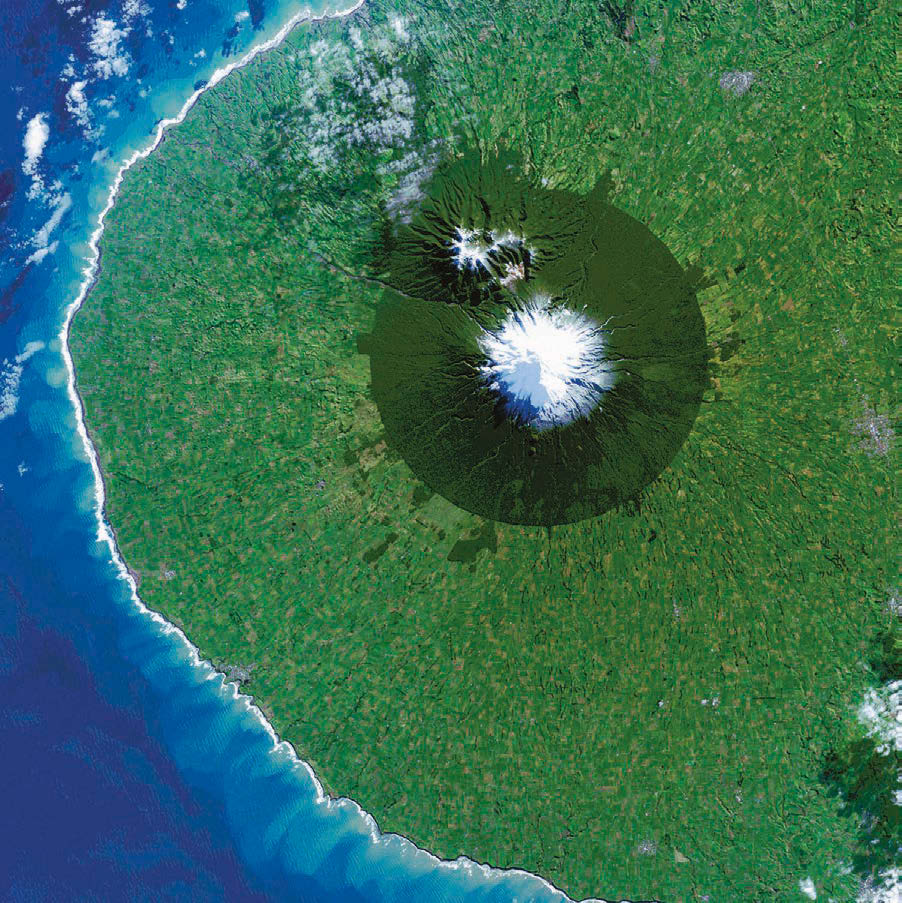
NASA's Stratospheric Observatory for Infrared Astronomy now has an airborne observatory that can study celestial magnetic fields with ground-breaking precision. See More: go.nasa.gov/2T1ZAgc #Science #Art #STEAM facebook.com/SyntropyStudio…
The Mars Opportunity Rover did not answer NASA’s final call late Tuesday night, and it’s now lost to us. The mission was expected to last only 90 days, but it operated on the planet for more than 14 years. #RIPOpportunity #OpportunityRover

Congrats #GOES17! It's been a long road, but we are excited to announce that GOES-17 is now operational as @NOAA’s #GOESWest satellite! Here's why weather forecasts for the West Coast, Alaska, Hawaii and the Pacific are about to get even better: go.usa.gov/xEnSG
Take a look at life through a microscope. #Science #Biology #Art facebook.com/SyntropyStudio…
A six-minute time-lapse observes the microscopic development of a single cell into a hatched newt thisiscolossal.com/2019/02/becomi…
The catastrophic #MudCreekSlide near Big Sur, California, started life as a creeping, “stable landslide.” What that means and how we know: go.nasa.gov/2SfynqG
(Very) long-range weather report: the @NASAHubble space telescope has observed recent storms on the solar system’s ice giant planets go.nasa.gov/2SyJXMT
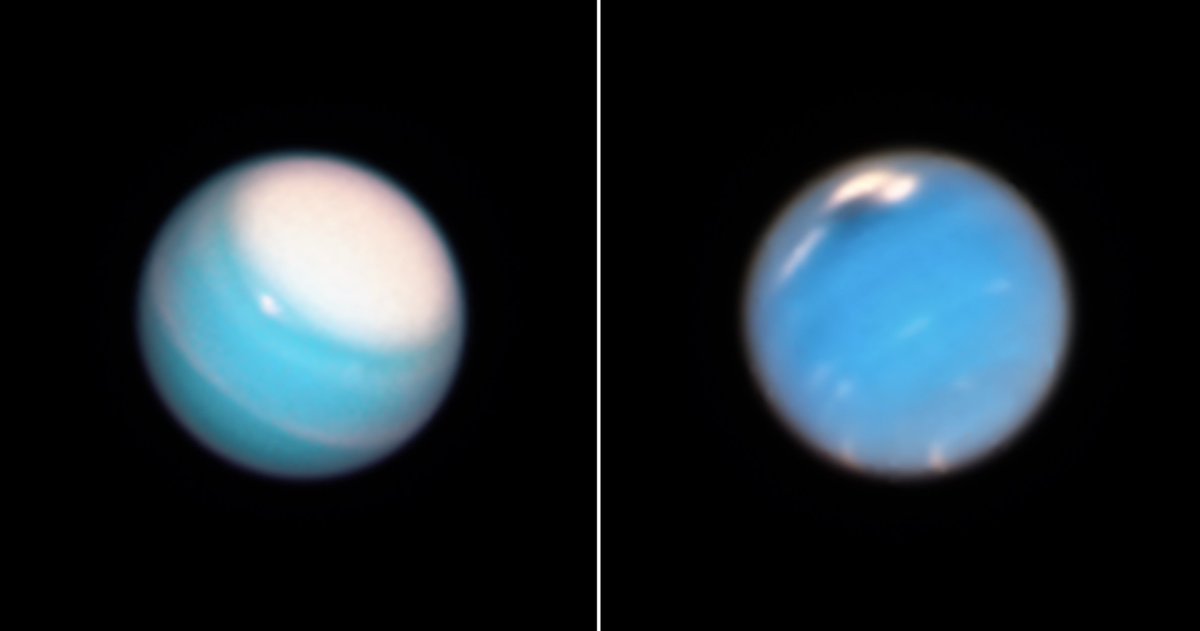
Super Blood Wolf Moon of 2019 Thrills Skywatchers with Stunning (and Red) Lunar Sight! buff.ly/2R3iPAQ
Massive spinning ice disc forms in freezing river. #Science #Art facebook.com/SyntropyStudio…
More science incoming! Yesterday we learned that #UltimaThule is made of 2 separate objects that are now bound together. What will we learn today? Join @NASANewHorizons experts at 2pm ET for the latest science sent to Earth from ~1 billion miles past Pluto nasa.gov/live
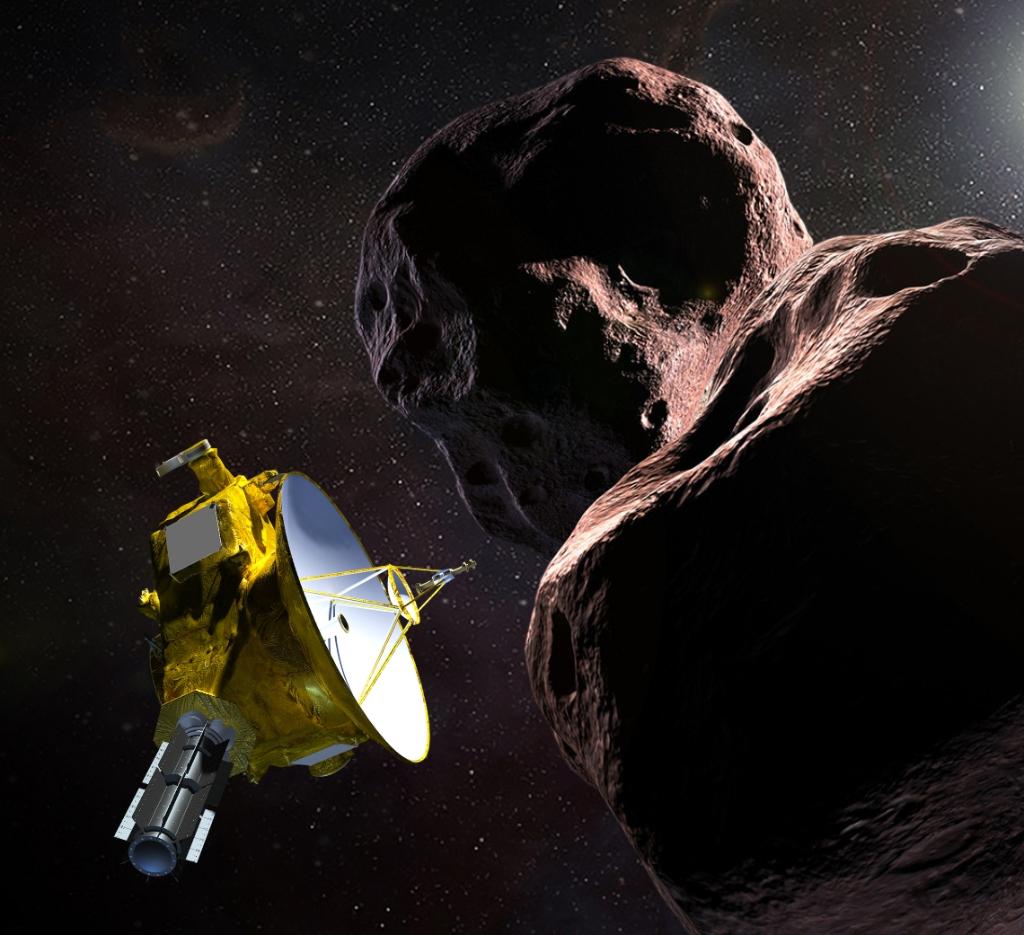
It's been a big week for small objects in the solar system. A billion miles past Pluto, @NASANewHorizons explored a small Kuiper Belt object for the first time, while closer to Earth, @OSIRISREx entered orbit around an asteroid. See details at solarsystem.nasa.gov
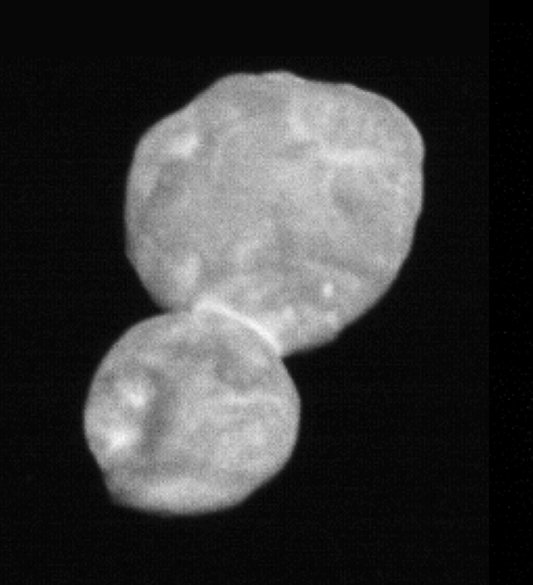

We're returning to the Moon, to stay, and nine American companies will work on developing technologies to get there. They'll bid on contracts to deliver our science and technology payloads, paving the way to send humans back to the Moon and on to Mars: go.nasa.gov/2rbT8na

An extra bonus during our broadcast announcing new partnerships - Astronaut Stan Love demonstrated lunar gravity! The Moon's gravitational pull is 1/6 of the Earth's so jumping on the Moon is extra-bouncy.
United States الاتجاهات
- 1. Ravens 47.2K posts
- 2. Ravens 47.2K posts
- 3. Lamar 38.2K posts
- 4. Joe Burrow 14.4K posts
- 5. Zay Flowers 3,426 posts
- 6. Chiefs 102K posts
- 7. Cowboys 86.3K posts
- 8. Derrick Henry 4,034 posts
- 9. #WhoDey 2,636 posts
- 10. Zac Taylor 2,390 posts
- 11. Perine 1,414 posts
- 12. #CINvsBAL 2,379 posts
- 13. Mahomes 32.1K posts
- 14. Cam Boozer 1,839 posts
- 15. Tanner Hudson 1,173 posts
- 16. Sarah Beckstrom 182K posts
- 17. Tinsley 1,545 posts
- 18. AFC North 1,762 posts
- 19. Jason Garrett N/A
- 20. Myles Murphy N/A
قد يعجبك
-
 HistoryMiami Museum
HistoryMiami Museum
@HistoryMiami -
 The Times en Español ™
The Times en Español ™
@Thetimeses -
 VORAGO
VORAGO
@voragotech -
 Nacho Mellado
Nacho Mellado
@uavster -
 academic.net
academic.net
@academic__net -
 DCU Life Sciences Institute
DCU Life Sciences Institute
@DCU_LSI -
 HFFMCSD
HFFMCSD
@HFFMCSD -
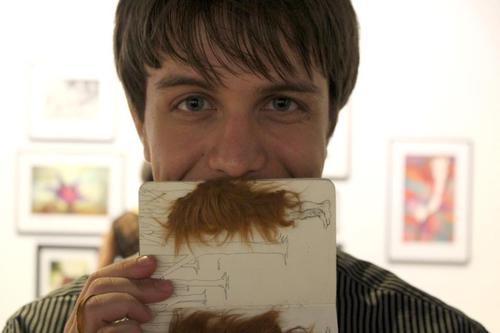 Garrett Bouslough
Garrett Bouslough
@GarrettArtist -
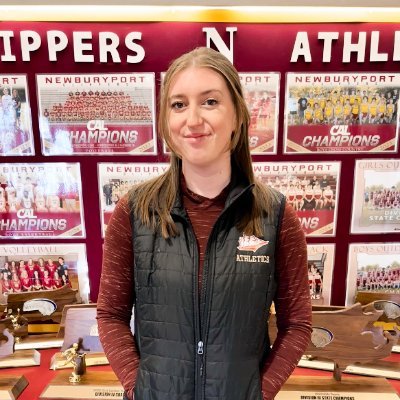 Molly Hogan, LAT, ATC
Molly Hogan, LAT, ATC
@atc_hogan -
 Bradley Goddard
Bradley Goddard
@braddersisjesus -
 Abi 🏴
Abi 🏴
@Scotontherock5 -
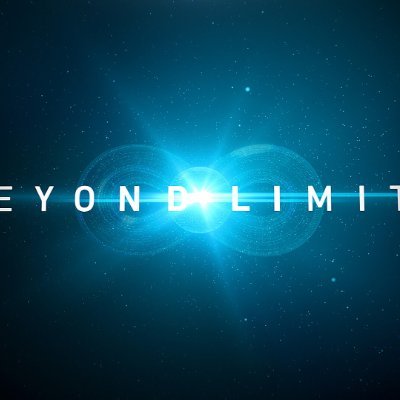 CHNOPS
CHNOPS
@grove1233 -
 Patricia Mayes
Patricia Mayes
@patriciavmayes
Something went wrong.
Something went wrong.

















